When Hungary put razor wire along its borders, Croatia took centre stage as the East European country most affected by the surge of refugees from conflict zones in the Middle East. An estimated 44,000 people have arrived on Croatian territory since its neighbouring countries began to reject arrivals.
Croatia’s immediate stance on the refugee crisis was that no walls would be built and no barbed wire would be erected, because “in the 21st century barbed wire is not a solution but a threat”. This was warmly welcomed by political circles in the West.
Despite claims in the press that Croatia has closed its borders, the government insists that they remain open. And while public figures have expressed concern about being able to cope with the numbers, there remains a strong desire to help.
This is in stark contrast to the vehemently hostile approach taken by leading figures in Hungary and Serbia. It was also potentially surprising given Croatia’s reputation as a fairly closed and xenophobic society. Only recently, it suffered international shame when a swastika was painted on a football field in Split prior to a game with Italy.
The difference may be because the sight of thousands of desperate people escaping misery is painfully familiar to them. It is not long since many Croatian nationals experienced the same.
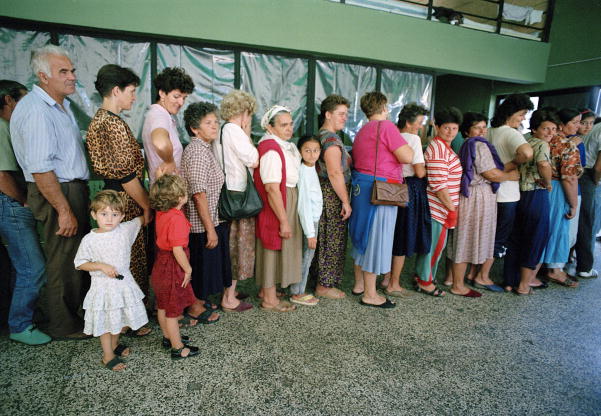 Living memory: UNPROFOR ration line in Croatia, 1992
Living memory: UNPROFOR ration line in Croatia, 1992
Painful memories
On September 19, Hungary accused Croatia of “betraying Europe”. This negative message resonated psychologically. For many people in Croatia, the memory of war and mass displacement are not even a generation away.
For Croats, the television images of refugees walking through their country are reminiscent of those transmitted three decades ago. Then, their own country was mired in war and thousands of people were displaced. In the first half of the 1990s, Croats witnessed the disintegration of former Yugoslavia, and some of the worst atrocities in Europe since World War II.
The argument about playing a humanitarian role is also partially based on the fact that, at that time, Croatia managed to handle the refugee crisis alone. So it should know what to do now.
There was a stark reminder of just how physically present the remnants of war are in Croatia when the incoming migrants were warned to stay on specified routes into the country. If they strayed, they risked running into landmines still thought to be planted in cornfields along the way.
The eastern regions of Croatia bordering Serbia and Hungary, which are now those most affected by the refugee crisis, suffered considerable human and material damage during the 1990s war.
Now the ordinary people bringing food, coffee and water to the refugees admit their compassion is based on their own memories. “We ourselves experienced this all, but we didn’t have to walk such a long way,” one resident from Tovarnik, a town on the border with Serbia, recently told Croatian Television. There was even a friendly football match between local residents and young refugees.
Croats are also well aware of their role in assisting other 20th century migrations, especially when, while part of Yugoslavia, they helped immigrants from the countries beyond the Iron Curtain such as Czechoslovakia and Hungary with food, water and clothing, and allowed them to use Yugoslav/Croatian territory as a transit zone towards the West.
A model of integration
Croatia has also avoided a surge in anti-Islamic sentiment, unlike other central European countries. There have been occasional racist attacks but these remain a minority.
The reason for this tolerance might be that Croatia has had a close experience of Islam for centuries as a former part of the Ottoman empire. Islam is culturally and architecturally visible and Muslims are a recognised minority group.
The Islamic Community in Croatia – a state-recognised organisation – bluntly rejects any type of extremism and prides itself on representing the most successful example of integration of Muslims within a European culture.
Of course conservative and right wing circles argue that the military should be deployed to the borders but the government has bluntly refused this suggestion because Croatia is not “in a state of war”.
While the immediate Croatian response to the crisis is admirable, the Croats are also aware that the refugees see their country as a transit zone to western Europe. The ordinary Croats joke over a morning cup of coffee that even refugees would not want to stay in the country whose impoverished local residents, professionals and labourers alike, also wish to escape to the west in search of jobs and a better life.![]()
This article was originally published on The Conversation. Read the original article.

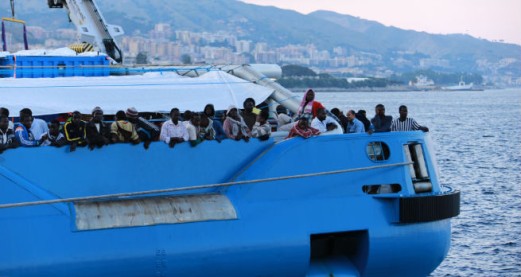
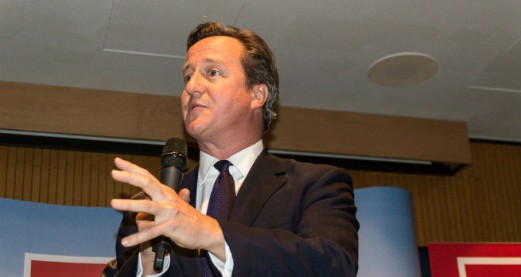
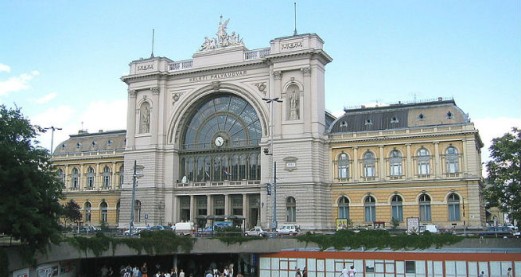
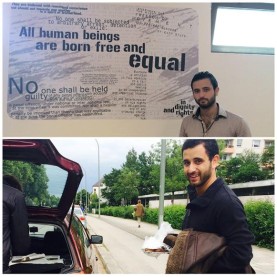
Rate and Review
Rate this article
Review this article
Log into OpenLearn to leave reviews and join in the conversation.
Article reviews